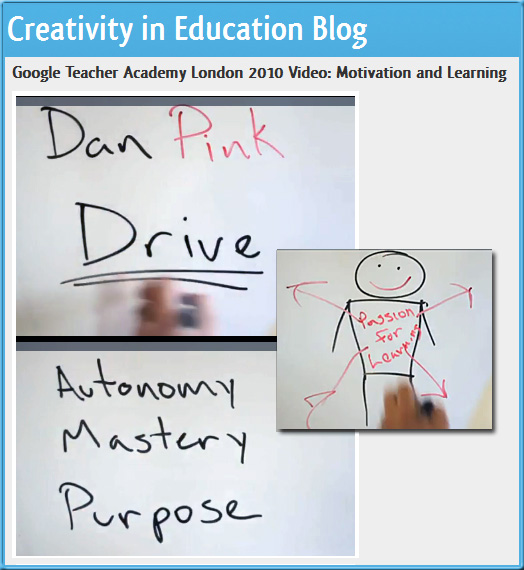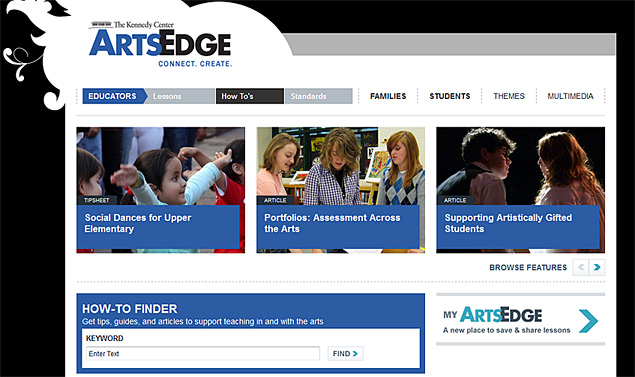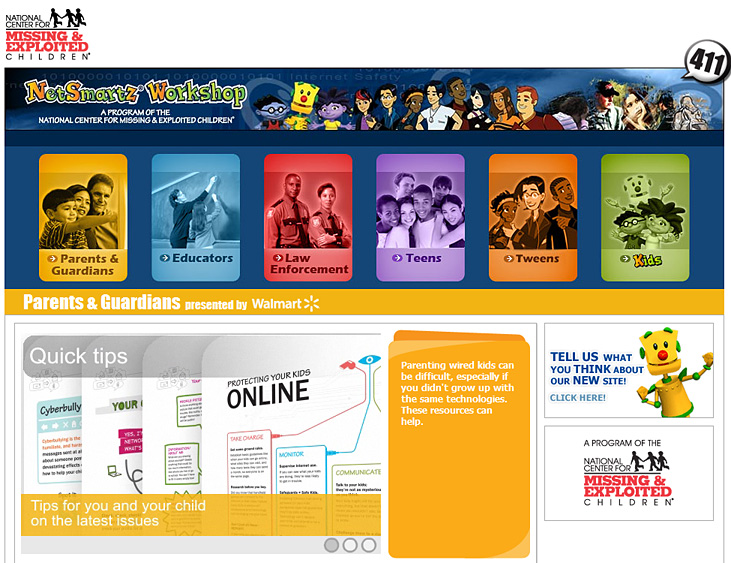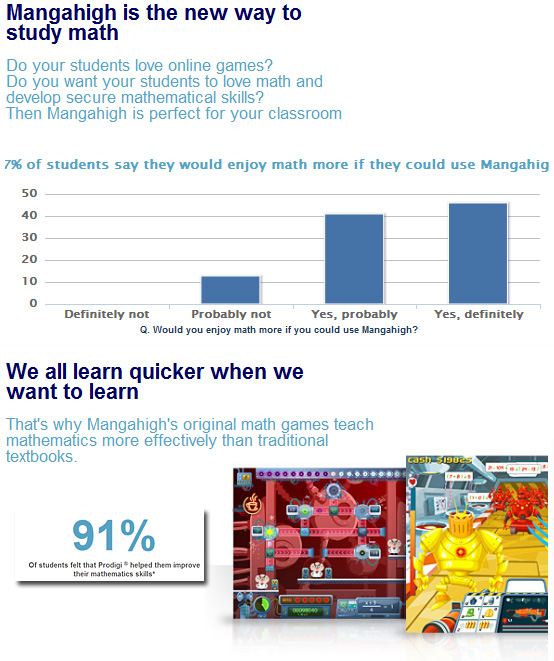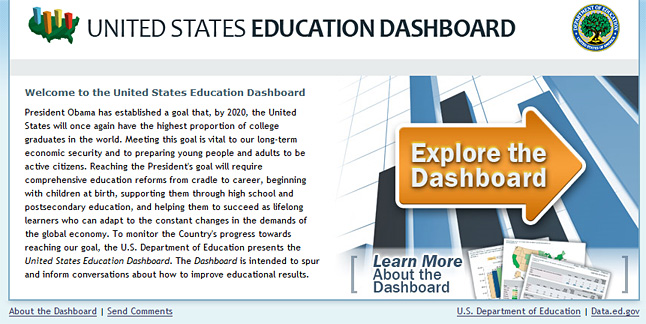Educators move beyond the hype over Skype — from Digital Directions by Ian Quillen
.

shares facts about her state via Skype with students in South Dakota.
Educators are now using the videoconferencing tool to connect foreign-language students to native speakers, hold virtual field trips and host conversations with scientists and other experts
…
While conceding the potential for frivolous use of Skype, its advocates say the tool can be particularly valuable for connecting foreign-language students to native speakers, holding virtual field trips, and visiting with real-world subject experts while saving precious funds and preventing logistical headaches. In many cases, teachers are reporting that aspects of video communication actually make teaching and learning more effective than the comparable in-person experiences.
Framing a Skype Learning Experience — from Langwitches blog by Silvia Tolisano









